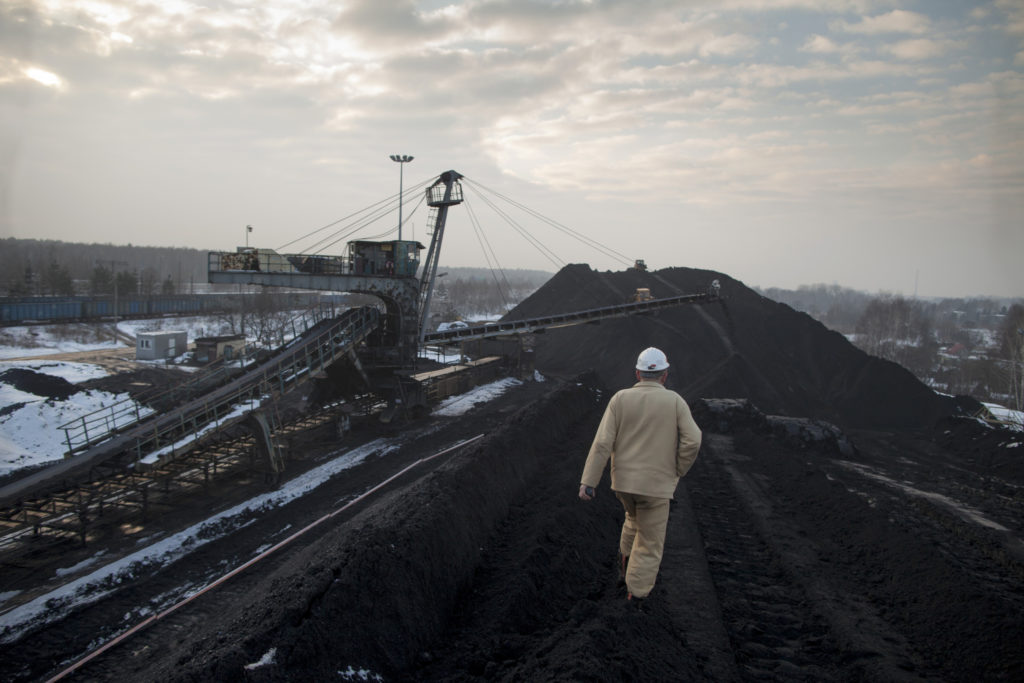
Coal’s three-year run of blistering gains in Europe is set to end, clobbered by a combination of weakening demand and energy polices aimed at phasing out the dirtiest fossil fuel.
After prices more than doubled since 2016 as Asian importers drove demand, coal is expected to fall more than 10 percent to $76.50 a ton next year in Europe, a Bloomberg survey shows. That’s a far cry from October’s five-year high of $100 a ton.
A return to those levels any time soon may be difficult. Slowing growth in China and other Asian countries is damping demand at a time when India’s mines are set to churn out more supplies. In Europe, pressure to cut use of the fuel in power generation is intensifying, while the cost for polluting is near the highest in a decade and expected to climb further.
“Weak demand in Europe and China along with ramping up of global output from recent capacity additions and upgrades will be the main overhang for EU coal prices next year,” said Elchin Mammadov, an analyst at Bloomberg Intelligence.
Since its October high, year-ahead coal contracts on ICE Futures Europe have fallen as low as $83.70 a ton. That reflected an ebb in demand in China after it built up stockpiles needed for winter. In the same period, crude oil, a bellwether for energy prices, collapsed almost 40 percent along with concerns of weakening economic growth and a looming glut.The global movement against climate change is spurring the push for cleaner alternatives to coal. This has led to several European Union countries setting dates by which they will stop burning the fuel altogether. Britain has committed to phasing out coal completely by 2025. Sweden and France plan to close their last plants by 2023.
German Chancellor Angela Merkel’s government will in February publish a timetable for exiting the world’s most widely used power-plant fuel. The so-called Coal Commission is weighing whether to slow the pace of coal station closures after union leaders and industrial companies objected to rising energy costs.
Coal use faces more headwinds from the EU’s emissions market. Carbon allowances tripled this year and are forecast to jump again in 2019 when market reforms to reduce a glut kick in next year. The rising cost of pollution is likely to boost demand for natural gas, which emits half the carbon of coal.
Demand for coal in Europe has fallen steadily since 2012 and will drop 1.1 percent annually through 2023, International Energy Agency data show. It’s forecast to fall more than 2 percent a year through 2023 in the U.S. and Europe, while China demand will decline.
That contrasts with Southeast Asia and India, where consumption is seen expanding annually by at least 4 percent over the next five years. Newcastle coal, an Asian benchmark, is averaging $106 a ton in 2018, the highest since 2011, and is forecast to average about $95 next year, according to the median of seven estimates compiled by Bloomberg.
“The story of coal is a tale of two worlds with climate action policies and economic forces leading to closing coal power plants in some countries, while coal continues to play a part in securing access to affordable energy in others,” said Keisuke Sadamori, director of energy markets and security at the Paris-based IEA.
Recommended for you
